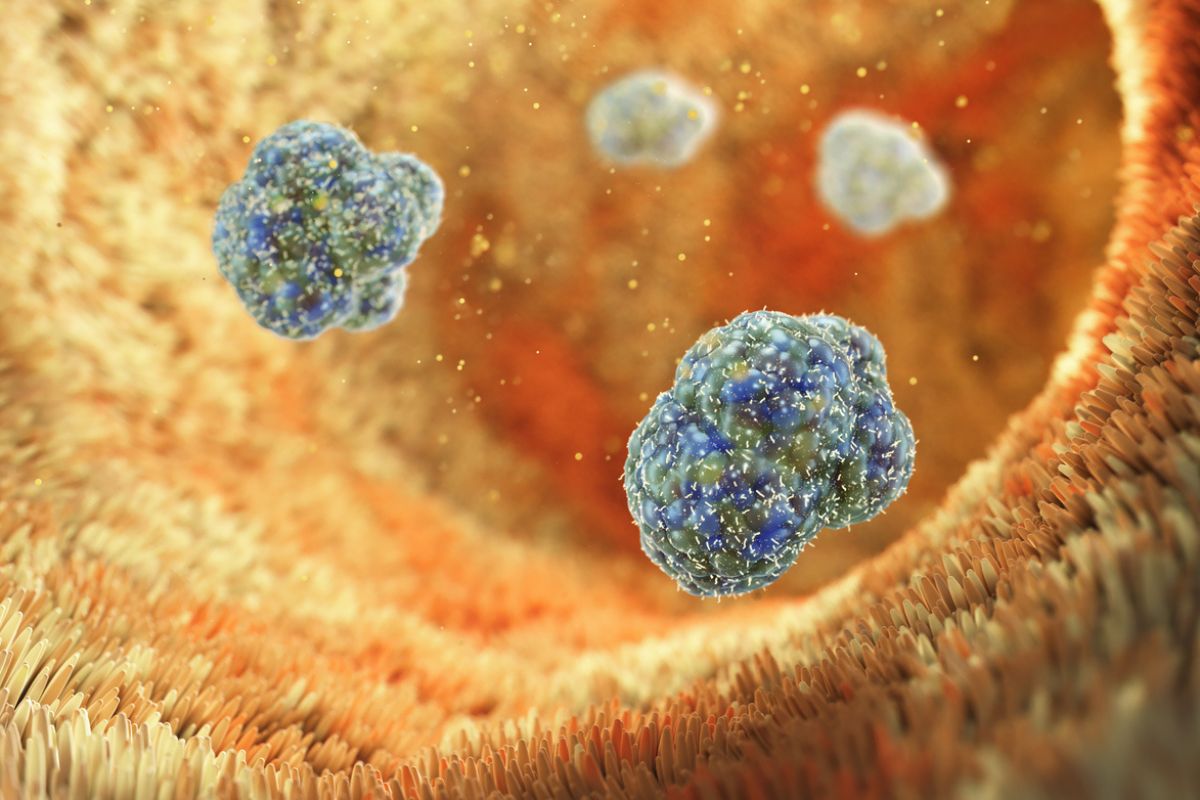Scientists have relied on the periodic table for more than 150 years. It’s persisted as a Rosetta Stone of sorts that’s driven discoveries of chemical interactions while predicting the properties of once unknown elements.
Now, a group of scientists at Stanford Medicine are trying to do the same for psychiatry. In January, the team announced a new framework for the future study of psychiatric disorders by mapping certain brain cell types to conditions such as bipolar disorder, depression, and schizophrenia.
Their paper, appearing in Nature Neuroscience, argues for the establishment of a new “periodic table” of brain cell types. And just like its chemical predecessor, this psychiatric iteration assimilates genetic and cellular data to lift the veil on previously unidentified brain cell types that contribute to psychiatric disorders.
A Better Understanding of Psychiatric Disorders
Despite the prevalence of psychiatric disorders – which badger nearly one in five adults globally – progress in developing effective treatments has been glacial, especially for severe conditions like schizophrenia.
“That’s partly because these disorders are so complex,” Stanford Assistant Professor of Psychiatry and Behavioral Sciences Laramie Duncan, PhD, explained. “But it’s also because we don’t have a good neurobiological understanding of what’s causing them. A key step forward in understanding why people develop these disorders is to identify some of the precise cell types in the brain that contribute to them.”
Unlike physical maladies, which have the benefit of clear biomarkers, psychiatric disorders typically appear with overlapping symptoms, making diagnosis and treatment challenging. The brain’s still-murky makeup makes things worse – especially when cell sampling demands incredibly invasive procedures, such as autopsies.
Duncan, who’s also the lead author of the study, proposes a new approach by leveraging a computational, non-invasive approach. Working with two databases — one identifying genes associated with psychiatric disorders and the other mapping gene activity across different brain cell types — the researchers have managed to link specific cell types in schizophrenia and other conditions.
Two Datasets, One Breakthrough
The research team built their own directory by integrating two massive datasets:
- Genome-Wide Association Studies (GWAS): This research helped break down the genetic differences between individuals with (or without) a particular trait or condition. The team focused on genetic data from more than 320,000 individuals, tagging nearly 300 genes statistically tied to schizophrenia.
- Brain Cell Transcriptomics: This dataset cataloged gene activity across more than three million brain cells from 105 different brain regions. The researchers analyzed which cells capitalized on the schizophrenia-associated genes, highlighting genetic activity patterns that reveal the cells likely involved in the disorder.
Ultimately, the Stanford researchers identified 109 cell types that could play a role in schizophrenia. Then, they turned to 10 representative cell types that showed the most obvious statistical associations.
Mapping Psychiatric Disorders to Brain Cell Types
The study highlights notable links between psychiatric disorders and various brain cell types:
- Somatostatin Interneurons: These inhibitory neurons help regulate brain circuits by shaping excitatory activity. Their strong association with schizophrenia underscores their potential role in the disorder’s cognitive disruptions.
- Retrosplenial Cortex Excitatory Neurons: This brain region governs self-perception. The team found that neurons in this area might influence the distorted sense of self that crops up in most schizophrenia patients.
- Amygdala Neurons: The amygdala plays a central role in fear processing and threat assessment. The association of its neurons with schizophrenia could explain the emotional disturbances common in the disorder.
- Hippocampal and Thalamic Cells: Schizophrenia patients present with shriveled versions of these ancient cells. Their strong association with the disorder suggests they’re a critical aspect of its pathology.
On the other hand, the researchers discovered that other neurological and autoimmune conditions, such as Alzheimer’s disease and multiple sclerosis, displayed links to multiple cell types, including microglia (the brain’s immune cells) and T cells.
From Symptoms to Cells
The findings could spark a paradigm shift in psychiatric research. Historically, researchers have determined psychiatric disorders based on symptomatology, leading to broad – and often overlapping – diagnostic categories. But this symptom-driven approach has hampered the development of targeted treatments.
This new study instead proposes a cellular and molecular classification system that maps psychiatric disorders to specific brain cell types and their molecular properties, such as receptors and neurotransmitters.
“Just as the periodic table organizes elements for better predictions about chemical interactions, a cell-based classification system for psychiatric disorders may revolutionize treatment strategies,” senior author and Stanford assistant professor of psychiatry and behavioral sciences Laramie Duncan, PhD, said.
Toward a More Personalized Approach
One of the more promising implications of the study is its potential to accelerate the development of bespoke treatments. By tracking down these specific cell types (and molecular mechanisms involved), researchers can pursue new drug targets and maybe even repurpose existing medications.
“Understanding which brain cell types are linked to psychiatric disorders gives us a clearer roadmap for developing targeted treatments,” Duncan noted.
The authors ponder a future where scientists can tailor treatments to someone’s cellular profile. For example, knowing that a particular cell type is overactive or underactive in a patient could steer the selection of drugs to fine-tune that specific cellular function.
A Roadmap for the Future
By leveraging the power of genomics – along with brain-wide analyses – the research team have shed new light on the brain’s complex cellular landscape, offering new hope for anyone living with a psychiatric disorder.
As the research advances, the ultimate goal is to turn these discoveries into actionable interventions. The prospect of personalized psychiatric care, where caregivers can tailor treatments to an individual’s cellular profile, is no longer a pipe dream but a realistic end goal.



